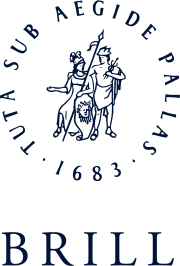
The trends in open access publishing are the talking point of most academicians in scholarly publications. One of the most commonly misunderstood topics is the correlation between impact factors and open access journals.
One of the most significant benefits of publishing open access is that the article is freely accessible to everyone to read. Thus, valuable research data can be disseminated to a broader audience, and the article’s impact factor may increase.
Is the impact factor helpful in assessing the quality of research papers? Is open access publishing suppressing the efficacy of the impact factor? Well, some open access journals have an impact factor, while many do not endorse these metrics.
An open-access journal may not have an impact factor due to the following reasons: the scope and aim of the journal may be in the Arts & Humanities sector, such that it is not enlisted in the SSCI (Social Science Citation Index) or the SCI (Science Citation Index). These are databases that present the impact factors of journals.
The OA journal may be relatively new, and the process of application of indexing in SCI and SSCI databases may not have occurred. In the case of fairly old journals, the editorial board has to make an effort to apply to indexing processes.
However, most prestigious OA journals have an impact factor, but that does not mean other OA journals have published low quality research. On the contrary, the impact factor indicates the quality of research even in subscription journals of the same discipline.
Now, let us understand the complex aspects on which the impact factor depends. In general, patterns of citations in a particular subject area and the type of articles a journal publishes are taken into account before giving an impact factor to the journal.
For example, an open-access journal may be well-read by the masses. Its content is freely available to everyone and is not restricted by a paywall, like in subscription journals. An ordinary reader may expect the articles to be highly cited. However, if the readership is mainly due to medical practitioners, the articles won’t be highly cited.
Most researchers consider the impact factor of the journal before publishing an article. However, researchers and funders are moving beyond the scope of impact factor to assess the merits of scientific research. Today, they are exposed to a wider range of metrics, which enable a better assessment of the quality of research.
Furthermore, in open-access journal, the article is available online and is free to read for everyone and anywhere in the world with internet access. Therefore, the research published in open access journals will have a broader impact as it generates lots of downloads by researchers worldwide.


